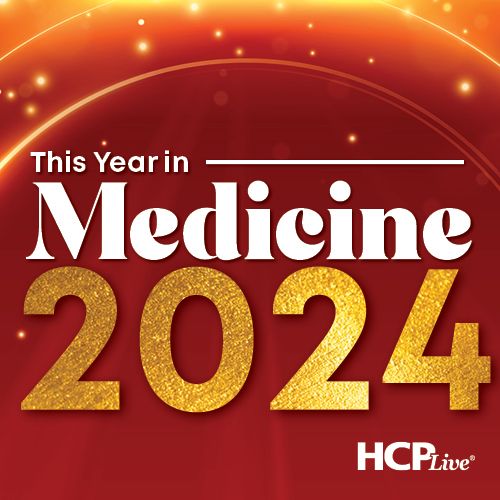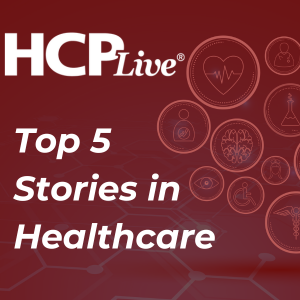Video
The Data on the Newer Anticoagulants Are Robust and Applicable to the Real World
%jwplayer%
The MD Magazine Peer Exchange “Novel Anticoagulation Options: Target-Specific Oral Agents and Their Antidotes” features leading physician specialists discussing key topics in anticoagulation therapy, including the clinical characteristics of current and emerging agents and criteria for use in specific patient populations.
This Peer Exchange is moderated by Peter Salgo, MD, professor of medicine and anesthesiology at Columbia University and an associate director of surgical intensive care at the New York-Presbyterian Hospital in New York City.
The panelists are:
- Scott Kaatz, DO, MSc, Chief Quality Officer at Hurley Medical Center in Flint, Michigan, and clinical associate professor at Michigan State University
- Seth Bilazarian, MD, clinical and interventional cardiologist at Pentucket Medical and instructor of medicine at Harvard Medical School
- Gerald Naccarelli, MD, Bernard Trabin Chair in Cardiology, professor of medicine and chief of the Division of Cardiology at Penn State University School of Medicine, and associate clinical director at Penn State Heart and Vascular Institute in Hershey, Pennsylvania
- Christian T. Ruff, MD, associate physician in the cardiovascular medicine division at Brigham and Women’s Hospital, and assistant professor of medicine at Harvard Medical School in Boston
If you look past the atrial fibrillation trials of the novel oral anticoagulants, Naccarelli said, you will see that these drugs have been used in millions of people around the world, so they are not so new anymore, and they are being used also for deep vein thrombosis and pulmonary embolism. The regulatory scrutiny of these agents was brutal, he said, “which means that if you use all these drugs the way the package insert says, which is the way it was done in the trials, you could expect those same kind of results.”
Furthermore, for those physicians who discredit the package insert because the clinical trials were run at sites with huge staffs to monitor the subjects constantly, there are even post-marketing data that support the clinical trials, showing that, in real-world practice, the data mimic that seen in the registration trials, said Naccarelli. Even more interesting, he added, was that bleeding and strokes with warfarin were about twice as common in the post-marketing trials than in the randomized, controlled trials because warfarin is not used as well in practice as it was in the trials.





